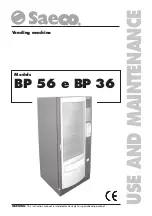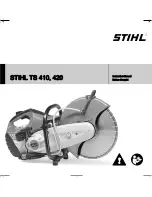
Transmission Modes
19
1
Parallel Memory Transmission
This function dials while the original is being scanned.
Standard Memory Transmission stores the original in memory, then dials the
destination. However, Parallel Memory Transmission allows you to confirm the
connection status quickly. In addition, this function scans the original faster than
Immediate Transmission. This is useful when you are in a hurry and need to use
the original for another purpose.
Important
❒
Standard Memory Transmission is used instead of Parallel Memory Trans-
mission in the following cases:
• When the line is busy and could not be connected to
• With Send Later
• When you store an original for Memory Transmission while another com-
munication is in progress
• When two or more destinations are specified
• When an original is placed on the exposure glass, and then sent
• When you send documents stored in the Document Server
Note
❒
You can turn this function on or off with the User Parameters (switch 07, bit
2) in the Facsimile Features menu.
❒
Standard Memory Transmission may be used instead of Parallel Memory
Transmission depending on the optional equipment installed if there is not
enough free memory left.
❒
If you use this function, the Memory Storage Report will not be printed.
❒
If the
{
Clear/Stop
}
key is pressed, the original will jam or memory will run out
while Parallel Memory Transmission stops. The Communication Result Re-
port is printed and files are deleted.
❒
When using Parallel Memory Transmission, only the page number is printed
on the header of the fax, the total number of originals is not automatically
printed.
Reference
“Facsimile Features”, General Settings Guide
Summary of Contents for C3000
Page 22: ...12...
Page 156: ...Other Transmission Features 146 2...
Page 184: ...Reception 174 3...
Page 230: ...Changing Confirming Communication Information 220 4...
Page 296: ...286 EN USA B786 8510A...
Page 298: ...FAX Option Type C3000 Operating Instructions Facsimile Reference EN USA B786 8510A...
















































